India, a land rich in history, culture, and spirituality, is also home to one of the most revered epics of all time—the Ramayana. Written by the sage Valmiki, the Ramayana tells the story of Lord Rama, his wife Sita, and his valiant battle against the demon king Ravana to rescue her. The journey of Lord Rama not only unfolds in the verses of the epic but also across various sacred sites throughout India, making it a journey that travelers can trace through real-life locations steeped in mythology and history. For those seeking a spiritual and cultural exploration, tracing the footsteps of Lord Rama offers an immersive way to connect with ancient traditions while discovering India’s rich religious landscape.
1. Ayodhya: The Birthplace of Lord Rama
The journey begins in Ayodhya, the birthplace of Lord Rama, situated in the state of Uttar Pradesh. Ayodhya is not just a pilgrimage site; it is the heart of the Ramayana. The Ram Janmabhoomi Temple stands as the central landmark, where it is believed that Lord Rama was born. Visitors can also explore Ram Katha Museum, which exhibits artifacts and sculptures related to the epic, and Kanak Bhawan, an ancient temple dedicated to Lord Rama and Sita. Walking through the streets of Ayodhya offers a unique experience of connecting to the spiritual atmosphere that has lingered for centuries.
2. Chitrakoot: The Forest of Exile
Next, follow Lord Rama’s journey to Chitrakoot, a place where he spent part of his 14 years in exile. Situated on the border of Uttar Pradesh and Madhya Pradesh, Chitrakoot is surrounded by scenic hills and tranquil rivers. The Ram Ghat on the banks of the Mandakini River is a sacred site where Lord Rama, Sita, and Lakshmana are said to have bathed. The Kamadgiri Hill holds significance, as it is believed that Lord Rama meditated here. The serene atmosphere and picturesque landscapes make Chitrakoot a peaceful stop on the Ramayana heritage trail.
3. Nasik: Where Sita Was Held Captive
The ancient town of Nasik, located in Maharashtra, is another pivotal location in the Ramayana. It is here that Lord Rama, Sita, and Lakshmana spent several years during their exile. The Panchavati region in Nasik is home to the Saptashrungi Temple and Sita Gufaa (Sita’s cave), where it is believed that Sita was held captive by Ravana’s sister, Surpanakha. The Trimbakeshwar Temple, dedicated to Lord Shiva, is also nearby, where Lord Rama prayed to Shiva for blessings before heading towards Lanka.
4. Hampi: The Kingdom of Kishkindha
In the heart of Karnataka lies Hampi, the ancient capital of the Vijayanagara Empire, and also the kingdom of the monkey king Sugriva in the Ramayana. Hampi's Anjaneya Hill is said to be the birthplace of Lord Hanuman, the faithful ally of Lord Rama. Visitors can climb the hill to reach the temple dedicated to Hanuman. Another must-visit site is Vijaya Vittala Temple, which offers a glimpse into the grandeur of the Ramayana era. Exploring the ruins of Hampi is like stepping into a world where mythology and history blend seamlessly.
5. Rameswaram: The Gateway to Lanka
The journey of Lord Rama culminates in Rameswaram, located in Tamil Nadu, where the epic’s final battle between Rama and Ravana is believed to have taken place. Rameswaram is home to the Ramanathaswamy Temple, a sacred pilgrimage site dedicated to Lord Shiva. It is also where Lord Rama is said to have built the Rama Setu (Adam’s Bridge), a chain of natural limestone shoals connecting India to Sri Lanka. The scenic beaches of Rameswaram add to the spiritual aura of the place, making it an ideal destination for both reflection and natural beauty.
6. Sita’s Ashok Vatika: A Hidden Gem in Sri Lanka
Although located outside India, Ashok Vatika in Sri Lanka holds an important place in the Ramayana. It is the garden where Ravana imprisoned Sita. A visit to Nuwara Eliya, Sri Lanka’s hill station, brings visitors closer to the mythical connection of the place. While Sri Lanka is not part of the traditional Indian Ramayana journey, it has become an integral part for those looking to trace Lord Rama’s path, especially in connection with the battle between Rama and Ravana.
7. Kishkindha: The Birthplace of Hanuman
Further deepening the connection to the Ramayana’s narrative, Kishkindha, modern-day Hampi, was the kingdom of the vanaras (monkeys) led by Hanuman. The Anjaneya Hill, where Hanuman was born, provides a serene environment to reflect on the courage and devotion of Lord Hanuman, a central figure in Rama’s journey. The Rama Temple at the base of the hill allows you to explore the relationship between Lord Rama and Hanuman, both in mythology and devotion.
8. The Spiritual Experience: Walking in Lord Rama’s Footsteps
A journey tracing Lord Rama's footsteps offers a profound spiritual and historical experience, combining mythology, culture, and heritage. While the temples and shrines dedicated to Lord Rama form the spine of this pilgrimage, the picturesque landscapes, the quiet beauty of ancient forests, and the serene rivers create a deeply transformative experience for the traveler. Whether seeking peace, inspiration, or simply a connection to India’s spiritual history, following the path of Lord Rama is a timeless journey of devotion, adventure, and reflection.

 Canada
Canada
 India
India
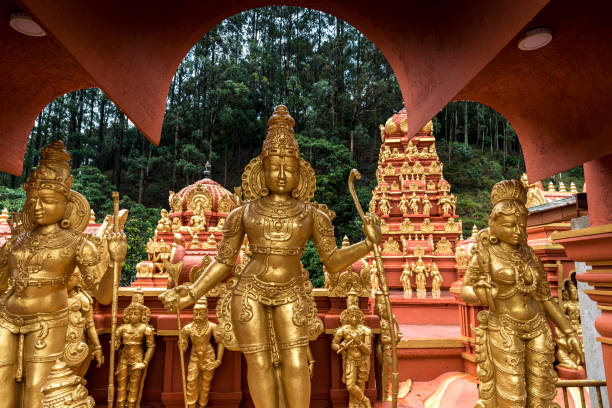

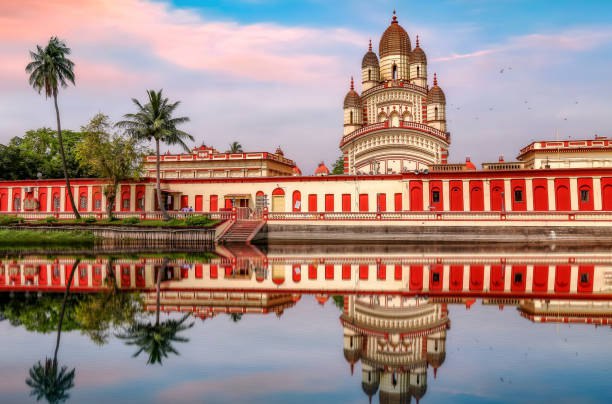
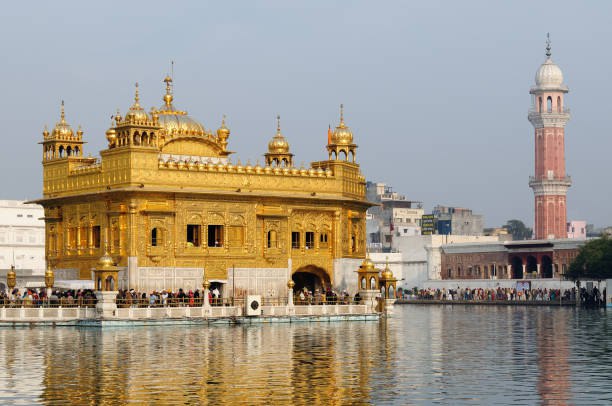
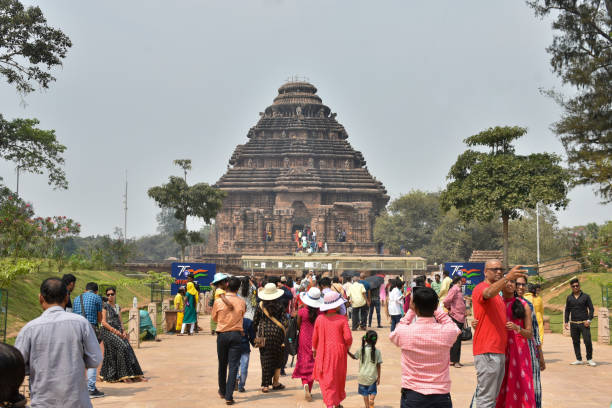
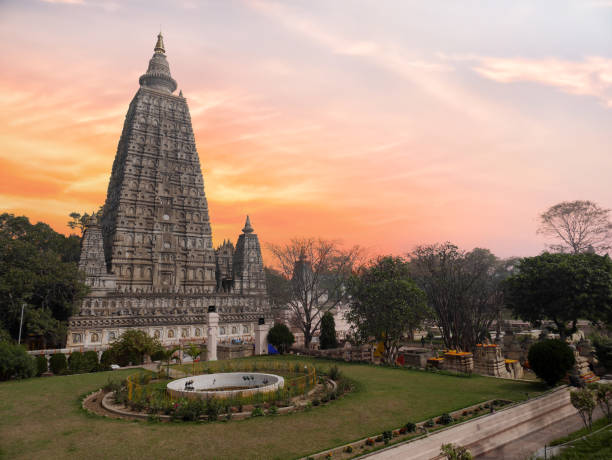
0 comments for this post